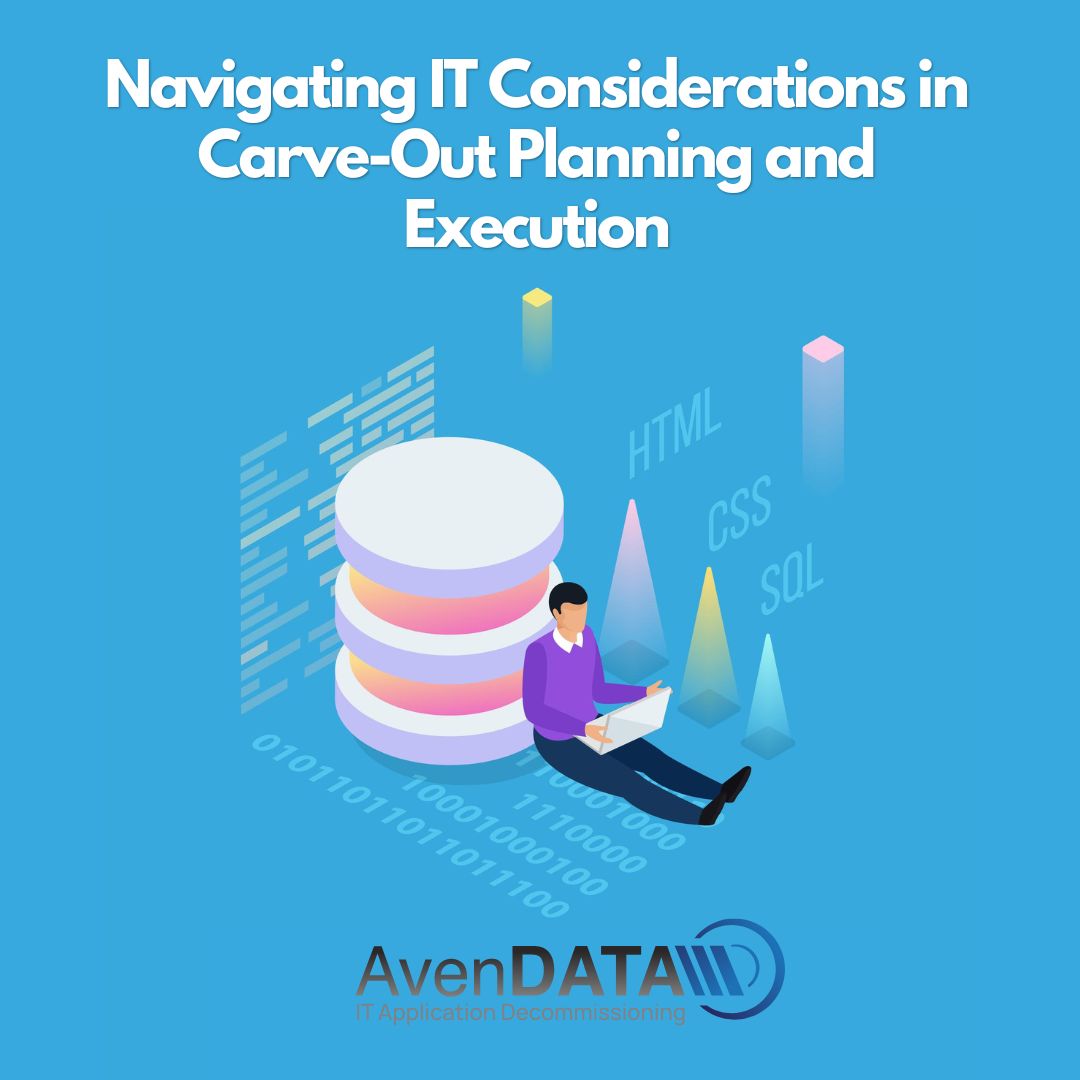In the realm of corporate carve-outs, where business units are separated to create standalone entities, the role of technology cannot be overstated. From infrastructure to applications, from data to cybersecurity, IT considerations play a pivotal role in the success of carve-out transactions. In this blog, we explore the intricacies of technology triage in carve-out planning and execution, offering unique insights and strategies to navigate this critical aspect of the carve-out journey.
Assessing IT Infrastructure and Systems
The first step in technology triage for carve-outs is conducting a comprehensive assessment of IT infrastructure and systems. Identify and catalog all IT assets, including hardware, software, networks, and data centers, associated with the carve-out business unit. Evaluate the condition, functionality, and compatibility of these assets to determine their suitability for transition to the carve-out entity. This assessment serves as the foundation for strategic decision-making and resource allocation throughout the carve-out process.
Data Migration and Integration Challenges
Data is the lifeblood of modern enterprises, and its seamless transition is paramount in carve-out transactions. Develop a robust data migration strategy that ensures the secure and efficient transfer of data from the parent company to the carve-out entity. Consider factors such as data volume, complexity, sensitivity, and regulatory compliance requirements when planning data migration activities. Leverage data integration tools and techniques to harmonize disparate data sets and facilitate business continuity post-carve-out.
Application Rationalization and Transition
Carve-out transactions often involve a complex ecosystem of applications and software systems that support business operations. Conduct a thorough assessment of the application landscape to identify redundant, outdated, or non-core applications that can be rationalized or retired. Develop a phased approach to application transition, prioritizing critical systems for migration to the carve-out entity while minimizing disruption to ongoing operations. Collaborate closely with business stakeholders to ensure alignment between application strategy and organizational objectives.
Cybersecurity and Risk Management
Cybersecurity is a top concern in carve-out transactions, as the separation of business units can create vulnerabilities and increase the risk of data breaches or cyberattacks. Implement robust cybersecurity measures to protect IT assets, data, and systems throughout the carve-out process. Conduct security assessments, penetration testing, and vulnerability scans to identify and mitigate security risks proactively. Develop incident response plans and contingency measures to address security incidents and ensure business continuity in the event of a breach.
IT Governance and Compliance
Maintaining IT governance and compliance is essential in carve-out transactions, particularly in regulated industries such as healthcare, finance, or pharma. Establish clear roles, responsibilities, and decision-making processes for IT governance within the carve-out entity. Ensure compliance with industry standards, regulatory requirements, and contractual obligations related to IT operations, data privacy, and cybersecurity. Implement robust controls and audit mechanisms to monitor compliance and mitigate risks throughout the carve-out lifecycle.
Conclusion
Technology triage is a critical aspect of carve-out planning and execution, requiring careful consideration of IT infrastructure, data migration, application rationalization, cybersecurity, and compliance. By adopting a strategic and proactive approach to IT considerations, organizations can mitigate risks, optimize resource utilization, and ensure a smooth transition for carve-out transactions. Remember, in the digital age, technology is not just a supporting actor—it's a strategic enabler for business success in carve-out scenarios.






Comments